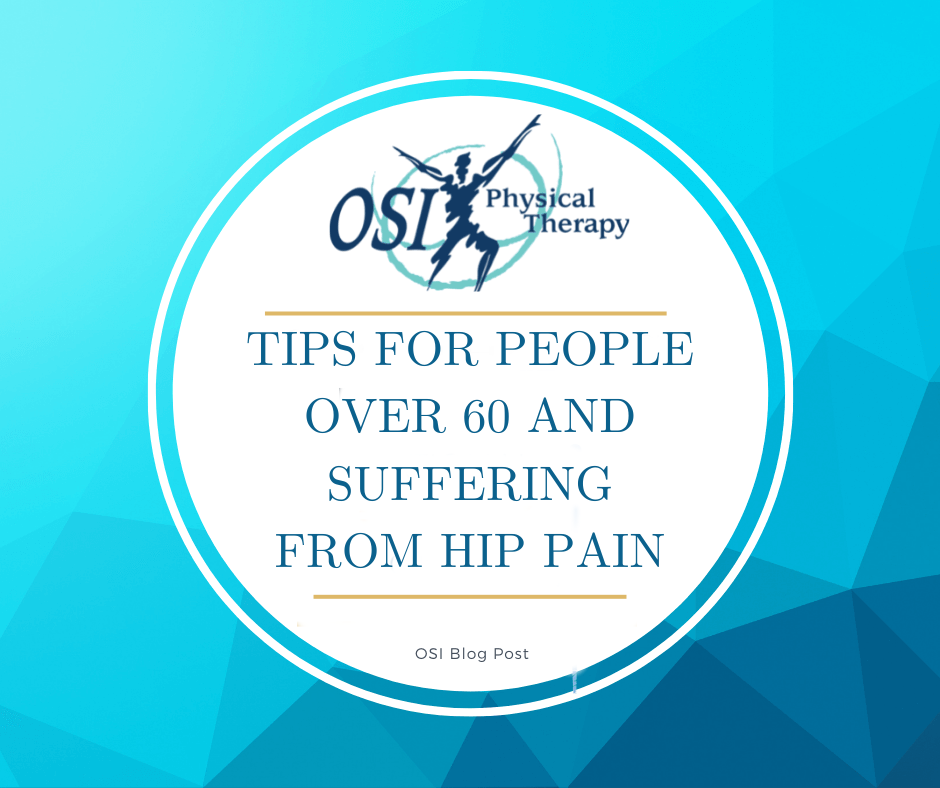
ARE YOU OVER 60 YEARS OLD WITH HIP PAIN AND MORNING STIFFNESS? CHECK OUT THE CURRENT EVIDENCE SURROUNDING HIP OSTEOARTHRITIS
Hip osteoarthritis is the most common source of hip pain for older adults, and studies show that it has a prevalence rate of 0.4% to 27%. According to a study published in 2009, hip osteoarthritis affects the entire joint structure and often causes hip range of motion limitations, articular cartilage degeneration, and pain. Other pathologies, including the formation of bone spurs and cysts are also associated with hip osteoarthritis and can cause further joint dysfunction. Hip weakness is one of the most significant findings in people diagnosed with hip osteoarthritis and can lead to difficulties with walking and stair-climbing.
If you have three or more of the above risk factors, have pain at either the front or side of your hip, or if you have morning stiffness in your hip that lasts less than 1 hour, you may want to ask a physical therapist or your doctor to consider screening you for hip osteoarthritis.
Recent evidence shows that hip osteoarthritis does not always need to be managed surgically in order to increase quality of life and decrease pain. Manual therapy performed by physical therapists including hip mobilizations, which can help minimize pain and increase hip range of motion, have been shown to increase quality of life in people who have hip osteoarthritis. Hip mobilizations are specialized treatments that consist of specific stretching of the hip joint capsule. Other forms of exercise including high-velocity low-resistance exercises focusing on hip and knee strength have been shown to significantly increase muscle properties and physical performance in people with hip osteoarthritis.
1. Cibulka MT, White DM, Woehrle J, Harris-Hayes M, Enseki K, Fagerson TL et al. Hip pain and mobility deficits – hip osteoarthritis. J Orthop Sports Phys Ther 2009;39(4):A1-A25.
2. Fukumoto Y, Tateuchi H, Ikezoe T, Tsukagoshi R, Akiyama H, So K et al. Effects of high-velocity resistance training on muscle function, muscle properties, and physical performance in individuals with
hip osteoarthritis: a randomized controlled trial. Clin Rehabil 2014;28(1):48-58.
3. Hoeksma HL, Dekker J, Ronday HK, Heering A, Van Der Lubbe N, Vel C et al. Comparison of manual therapy and exercise therapy in osteoarthritis of the hip: a randomized clinical trial. Arthritis Rheum
2004;51(5):722-729.
5. Richmond SA, Fukuchi RK, Ezzat A, Schneider K, Schneider G, Emery CA. Are joint injury, sport activity, physical activity, obesity, or occupational activities predictors for osteoarthritis? a systematic
review. J Orthop Sports Phys Ther 2013;43(8):515-524.
Thanks for reading. I welcome your questions and comments below.
– Anna
FREE PHONE CONSULTATION: (651) 275-4706